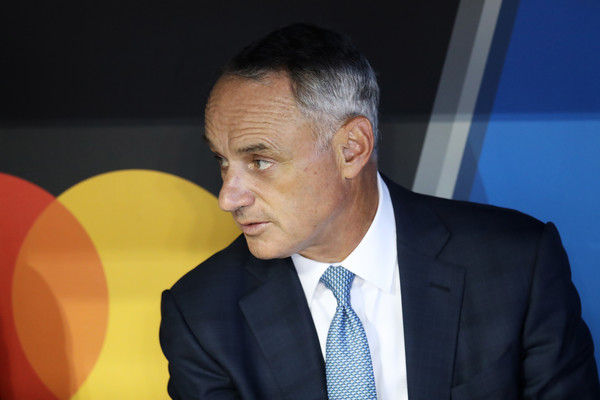The New Avisaíl García
- Jacob Bleiweis
- Jun 20, 2017
- 3 min read

(David Banks/Getty Images)
On July 23, 2013, Detroit Tigers prospect Avisaíl García was traded to the Chicago White Sox in a three-team deal that sent White Sox pitcher Jake Peavy to the Red Sox and shortstop José Iglesias from Boston to Detroit. The 22-year-old right fielder, who was viewed as a five-tool prospect, traveled to Chicago with massive expectations, and through the 2016 MLB season, García had fallen well, well short of the lofty hopes White Sox fans had for him. That was until this season. Somehow, someway, García broke out.
García went from slashing .245/.307/.385 with 12 home runs and 51 RBIs in 413 at bats last season to slashing .332/.374/.538 with 10 home runs and 48 RBIs in only 253 at bats this season. So what has he done differently this season to help him reach the potential that the White Sox saw when they traded for him almost four years ago?
One improvement that often results in added success for hitters is plate discipline, especially with hitters with high strikeout rates (García had a K% of 25.4% last season). However, García, according to Fangraphs, has actually swung at more pitches out of the zone this season compared to last season, increasing his O-Swing% from 39.3% to 42.0%. Although he has increased his O-Swing%, García has also increased his contact percentage from 68.3% last season to 73.2% this season. This could result in better hitting statistics, but a slight increase in contact% likely wouldn’t increase a hitter’s SLG by 153 points.
Another area that García has improved in is his soft contact percentage. Last season, according to Fangraphs, García made soft contact on 18.3% of balls in play. This season, that number is only 13.7%, which is in the top-30 among hitters. This has helped García earn the American League’s second highest batting average (behind the superhuman Aaron Judge), but is also not the reason why he is playing like an MVP candidate (that may be a stretch but I’m a White Sox fan so I can dream).

(David Maxwell/Getty Images)
The biggest reason why Avisaíl García has improved his hitting stats so tremendously is because of his incredibly high BABIP. A typical hitter will have a BABIP of around .300, but García’s BABIP is .404 which is third in baseball. A BABIP of .380 is considered unsustainable, so a BABIP of over .400 is definitely going to regress as the season continues. This doesn’t mean that García will revert back to his previous hitting stats, but his .332 average will definitely decline as the year goes on.
BABIP is largely affected by luck. Hitting the ball where the defense isn’t, even if it wasn’t hit all that hard, will increase a hitter’s BABIP. It’s reasonable to assume that luck has helped García a lot this year because many of his advanced hitting stats have remained unchanged.
However, another factor that affects BABIP is hitting talent. It is hard to determine how much of García’s BABIP has been affected by luck verse hitting talent, but he already has ten home runs this season, and he hit only 12 last season. García’s isolated power (ISO) has increased from .140 last season (the typical number for an MLB hitter) to .206 this season, which is outstanding. This is not due to luck.
If it’s not all luck, what has García done differently? One thing that García did this offseason to improve his performance was lose weight. He lost around 20 pounds in the offseason, bringing him down to 240 pounds. He also shortened his swing a little and begun to choke up on the bat with two strikes. Another thing to remember is that García is only 26 years old, so the lofty expectations that followed him to Chicago may have been a bit premature. However, with all of the changes that he has made, Avi García may have finally figured it out.




Comments